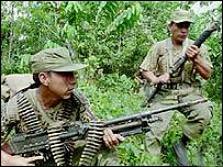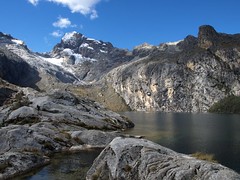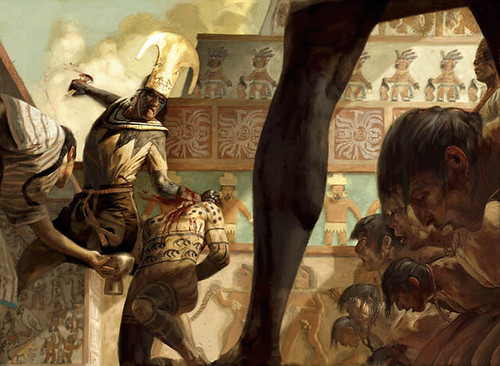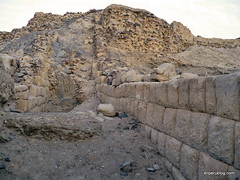Terraces of Moray
Some say Moray was an Inca laboratory used to test how different crops would perform at different temperatures. Others say it was a more of a nursery where crops were bred and cross-bred, varieties created and new foreign crops tested. A third group say it was just an ingenious means to grow warmer climate maíz or corn in the local cold climate. Whoever is right, this archaeological site of concentric circles of terraced farms, forming craters in the landscape, are a fascinating sight to behold.
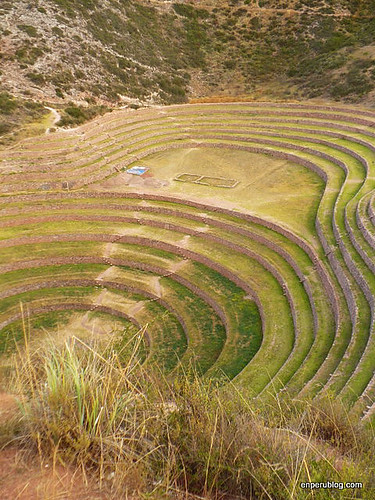
One group of terraces at Moray
Agriculture was the foundation of the Inca empire. Andean empires had always been founded with an aim to integrate different cultures and most efficiently use human labour to grow large amounts of food. They say that when the Spanish arrived, the Incas had enough surplus food that they could survive decades of famine.
The Incas inherited a technique from the previous big Andean empire, the Wari empire, that allowed them to make far better use of available land in difficult mountainous terrain. The arid rocky slopes to the side of hundreds of fertile valleys were converted into terraces – flat land created out of nowhere. Large amounts of good soil was hauled up from the valley to be used on the terraces, and irrigation canals from further up the valley or nearby higher land brought a constant supply of water.
Different crops grew at different altitudes because in this harsh environment, 50 metres can mean a good few degrees of change in temperature.
At Moray, this is also true.
In the higher altitude plains above the Urubamba valley, there appear to have once been natural depressions in the land. These were deepened by the Incas and terraces were created within them. The 30 or so metres of variation from the top levels to the bottom-most level was proven by investigators to cause as much as a 10°c variation in temperature. Coupled with the fact that terraces are already in natural craters, the temperature difference is enough to allow corn to be grown. It fact, only a decade or two ago, locals still grew the crop here before being asked not to in order to preserve the ruins.
Experts think that the Incas used the structure to experiment with different crops, testing to see which crops could be grown successfully at what altitudes. Perhaps they even tried to breed new varieties of stronger crops that could survive.
Tags: andenes, corn, cusco, farmers, incas, ruins, urubamba valley






